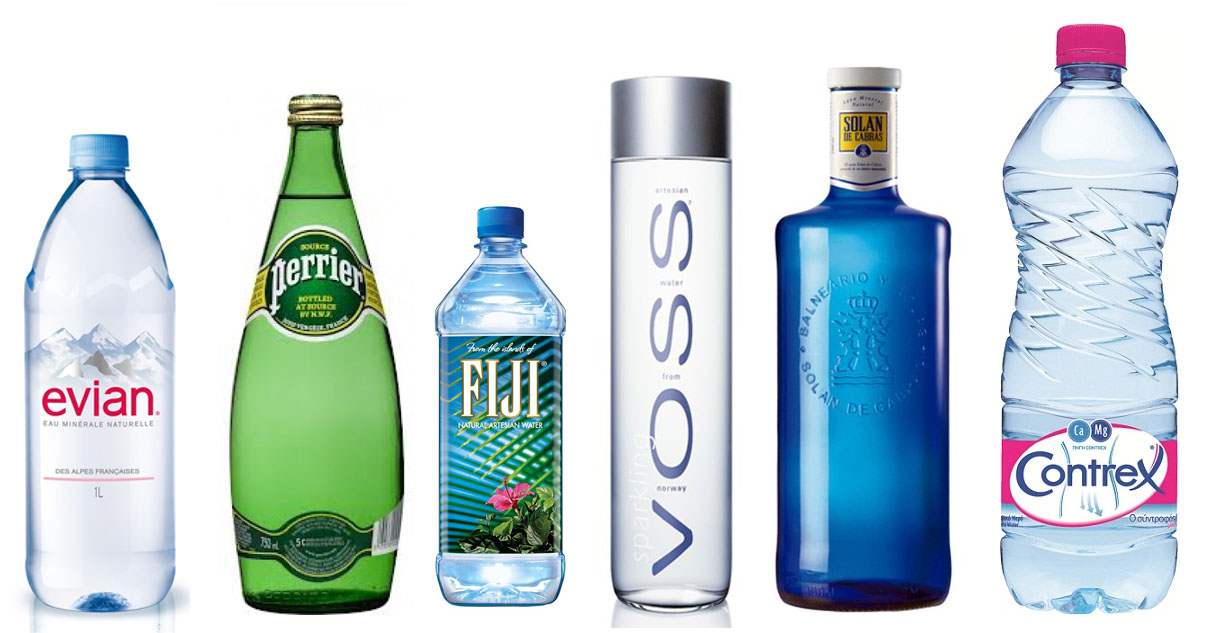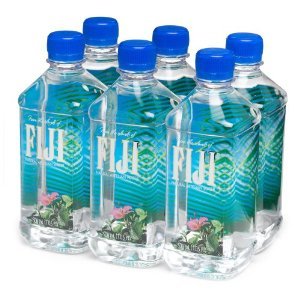Background: Package Design
Branding
Brand definition
“A brand is a name, term, design, symbol, or any other feature that identifies one seller’s good or service as distinct from those of other sellers” (American Marketing Association).
You can consider a brand as the idea or image people have in mind when thinking about specific products, services, and activities of a company, both in a practical (e.g. “the shoe is light-weight”) and emotional way (e.g. “the shoe makes me feel powerful”). It is therefore not just the physical features that create a brand but also the feelings that consumers develop towards the company or its product. This combination of physical and emotional cues is triggered when exposed to the name, the logo, the visual identity, or even the message communicated.
A product can be easily copied by other players in a market, but a brand will always be unique. For example, Pepsi and Coca-Cola taste very similar, however for some reason, some people feel more connected to Coca-Cola, others to Pepsi.
Let’s illustrate this again with our water example. The product sold is water, but in order to convince people to purchase a particular water, companies developed different water brands, such as Evian, Perrier, Fiji or Volvic. And each one of these brands provides a different meaning to the product water:
– Evian makes you feel young
– Perrier is refreshing, bubbling and sexy
– Fiji Water is pure, healthy and natural
…and so on.

In the end, a brand is a person’s gut feeling about a specific product or company. Each person creates his or her own version of it, and some brands increase or decrease in popularity because of how consumers feel about them.
What is it?
“Branding is endowing products and services with the power of a brand” (Kotler & Keller, 2015)
Branding is the process of giving meaning to a specific organization, company, product, or service by creating and shaping a brand in consumers’ minds. It is a strategy designed by organizations to help people quickly identify and experience their brand, and give them a reason to choose their products over the competition’s, by clarifying what this particular brand is and is not.
How can it be done?
Companies tend to use different tools to create and shape a brand.
Packaging design is the silent salesman that will grab busy consumers’ attention in-store. It informs consumers about the product’s properties and visually differentiates the brand from the competition on-shelf.
An interesting example is Fiji Water, which managed to create a bottle design that perfectly reflects the brand’s values: purity is reflected through transparency effects, and nature is perceived through the image of tropical flowers and leaves in the background.
However, it would be good for the brand to consider glass packaging instead of plastic. This would be more aligned with the natural image they portray and be better for the planet. Packaging is not just about design. The materials chosen can also have an impact on brands.

Advertising is a powerful tool to create and shape a brand universe as it is very visual and tells a story about the product/company. Here is an example of branding water through advertising:
In the next section, you will explore branding in the form of packaging design.
Information taken from: https://www.thebrandingjournal.com/2015/10/what-is-branding-definition/ ;